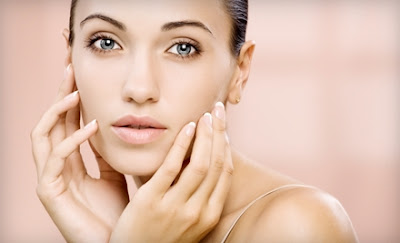What’s the Deal with DEET?
Far and wide, the favored mosquito repellents by physicians contain DEET. When it comes to the concentration of DEET in repellents, studies show that concentrations above 30-40% don’t drastically increase the efficacy of the repellent. It’s also important to note that when using products containing DEET on children, you want to look for something with concentrations below 30%. Products containing DEET should be completely avoided in infants under the age of two months.
For those concerned about using DEET-containing products on themselves or children, look for other products containing the active ingredients picaridin, oil of lemon eucalyptus, or citronella. In fact, some research has shown picaridin to be just as effective as DEET in keeping mosquitoes away. Oil of lemon eucalyptus has also been shown to be as effecting and long lasting as products containing DEET. When it comes to citronella, studies show it to be not as effective. Products containing undiluted citronella may repel mosquitoes for a little over two hours, and products with 5-15% concentrations were only effective for 20-30 minutes. Other studies have show that the candles containing citronella offer little to no protection at all. It is also important to note that citronella in higher concentrations can cause irritation to the eyes, lungs, and skin.
All insect repellents should be used sparingly, and those containing DEET should only be applied once a day (contrary to what the packaging advises) on children. Otherwise, it is in your best bet to follow the manufacturers instructions. If you are in an urban area, look for a repellent containing a lower concentration of DEET (around 10%). For those who will be traveling to a country or wooded areas or by water, a higher concentration (20-25%) should be used. It’s good to remember that clothing choice can effect your chance of getting bitten. If you are in a highly wooded, wear long pants, a long sleeve shirt, and shoes with socks.
Remember, DEET- containing products do not effectively protect against ticks and tick-born illnesses. Thus, in the summer months, kids’ scalps and bodies should be thoroughly checked for tick bites!
| A 2015 STUDY TESTED 8 COMMERCIAL REPELLENTS, 2 FRAGRANCES & A VITAMIN B PATCH BY RELEASING MOSQUITOES IN
A SEALED CHAMBER WITH A TREATED HAND. STUDY FOUND THAT AFTER 5 HOURS, THE MOST EFFECTIVE PRODUCTS WERE
THOSE CONTAINING DEET AS WELL AS 1 “NATURAL” DEET-FREE SPRAY.
JOURNAL OF INSECT SCIENCE, 2015
|





